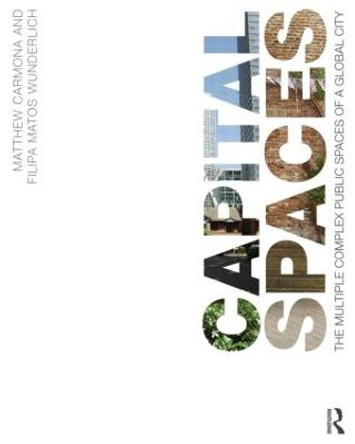Description
The town hall or city hall as a place of local governance is historically related to the founding of cities in medieval Europe. As the space of representative civic authority it aimed to set the terms of public space and engagement with the citizenry. In subsequent centuries, as the idea and built form travelled beyond Europe to become an established institution across the globe, the parameters of civic representation changed and the town hall was forced to negotiate new notions of urbanism and public space.
City Halls and Civic Materialism: Towards a Global History of Urban Public Space utilizes the town hall in its global historical incarnations as bases to probe these changing ideas of urban public space. The essays in this volume provide an analysis of the architecture, iconography, and spatial relations that constitute the town hall to explore its historical ability to accommodate the "public" in different political and social contexts, in Europe, Asia, Australia, Africa and the Americas, as the relation between citizens and civic authority had to be revisited with the universal franchise, under fascism, after the devastation of the world wars, decolonization, and most recently, with the neo-liberal restructuring of cities.
As a global phenomenon, the town hall challenges the idea that nationalism, imperialism, democracy, the idea of citizenship - concepts that frame the relation between the individual and the body politic -- travel the globe in modular forms, or in predictable trajectories from the West to East, North to South. Collectively the essays argue that if the town hall has historically been connected with the articulation of bourgeois civil society, then the town hall as a global spatial type -- architectural space, urban monument, and space of governance -- holds a mirror to the promise and limits of civil society.
About the Author
Swati Chattopadhyay is a Professor in the Department of History of Art and Architecture at the University of California, Santa Barbara. She is the editor of the Journal of the Society of Architectural Historians, and the author of Representing Calcutta: Modernity, Nationalism, and the Colonial Uncanny (2005), and Unlearning the City: Infrastructure in a New Optical Field (2012).
Jeremy White is an architect and a lecturer in the Department of History of Art and Architecture at the University of California, Santa Barbara. He is currently working on a book manuscript on the politics of planning in 1930s Los Angeles, titled "Constructing the Invisible City: Planning and Politics of the 1932 Olympic Games in Los Angeles."
Reviews
"Contributors offer valuable discussion of the post-WW II German Rathaus as an attempt to deal with an "uncertain" national identity and provide a good examination of architecture in the service of Mussolini's Fascist state. A welcome global approach that features material on Bombay, Jakarta, Mexico, and Korea is revealing, especially on the influence of colonialism; however, more could have been said about sources of indigenous, pre-European civic engagement. Endnotes and numerous, adequate, black-and-white illustrations are provided but no bibliography. Although this volume shows the inevitable fragmentation typical of such an enterprise, the attention to unfamiliar themes and innovative approaches means that this book will interest serious students of civic architecture.Summing Up: Recommended"--W. S. Rodner, Tidewater Community Colleg, CHOICE Reviews, January 2015
Book Information
ISBN 9780415819008
Author Swati Chattopadhyay
Format Hardback
Page Count 332
Imprint Routledge
Publisher Taylor & Francis Ltd
Weight(grams) 770g








